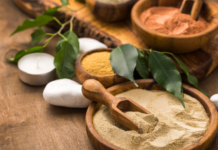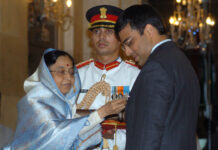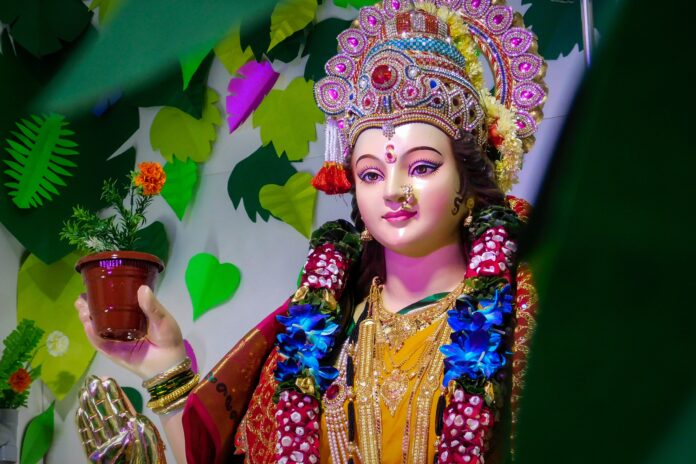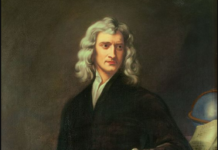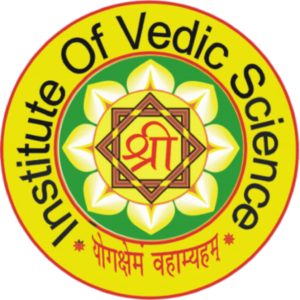Navratri, the nine-day long festival, marks the beginning of a new year according to the Hindu calendar. People celebrate the festival twice a year: Chaitra Navratri in March or April, and Sharad Navratri in September or October. In this article, we will delve deeper into Chaitra Navratri, also known as Vasanta Navratri, which starts on March 22, 2023.
The Significance of Chaitra Navratri
People dedicate Chaitra Navratri to the worship of the nine forms of Goddess Durga, who embodies divine feminine energy. Devotees associate each day of the festival with a different form of the goddess, and they observe fasts and offer prayers to seek blessings from the divine. Chaitra Navratri is believed to be the time when Goddess Durga comes down to the earth and blesses her devotees.
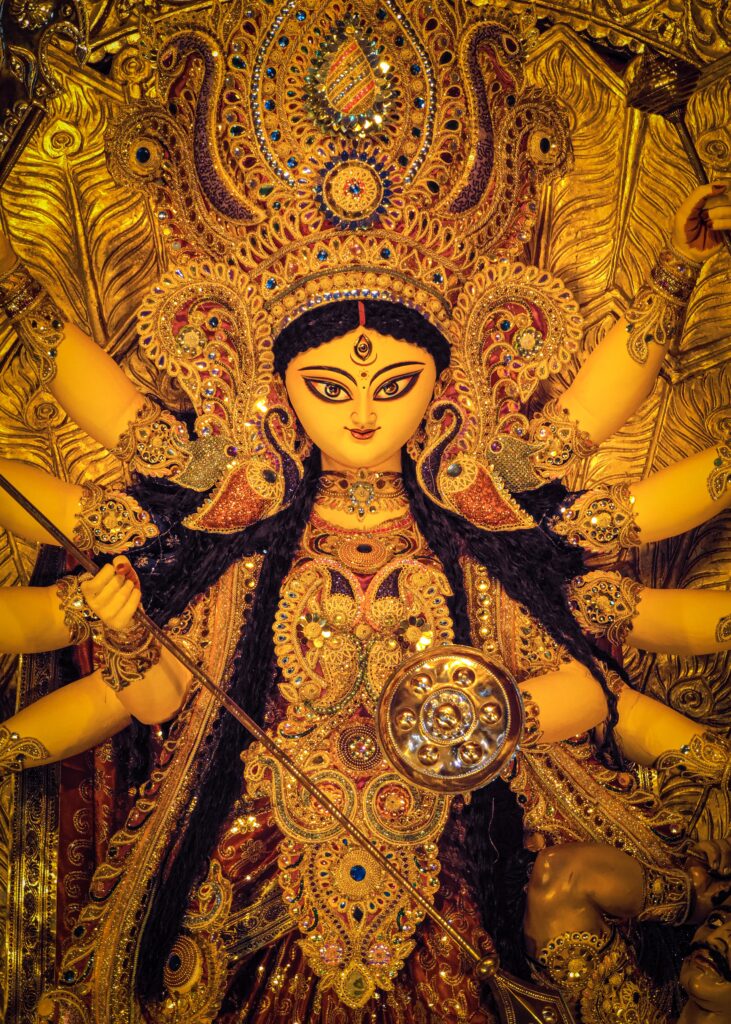
Chaitra Navratri Celebrations
The festival of Chaitra Navratri is celebrated with great enthusiasm and devotion across India. People decorate their homes with flowers, lights, and rangoli. Fasting is a significant part of the festival, and many devotees abstain from food during the day and eat a simple meal in the evening. Devotees believe that fasting during Chaitra Navratri purifies their body and mind and helps them seek blessings from the goddess.
On the eighth day of the festival, Maha Ashtami, people worship Maa Mahagauri and offer prayers. People celebrate the birth anniversary of Lord Rama on the ninth day of the festival, known as Rama Navami. During Kanya Pujan, devotees worship and offer food and gifts to young girls who are considered the embodiment of the goddess.
The Nine Forms of Goddess Durga
During Chaitra Navratri, believers worship the nine forms of Goddess Durga, which include:
- Maa Shailputri: She is the first form of Goddess Durga, and she represents nature and purity.
- Maa Brahmacharini: This form of Goddess Durga symbolizes love, loyalty, wisdom, and knowledge.
- Maa Chandraghanta: The third form of Goddess Durga is associated with bravery, courage, and grace.
- Maa Kushmanda: This form of the goddess represents creativity, energy, and warmth.
- Maa Skandamata: The fifth form of the goddess represents the love and nurturing that a mother provides.
- Maa Katyayani: This form of the goddess represents courage, strength, and victory.
- Maa Kalaratri: The seventh form of the goddess represents the darker aspects of life and helps her devotees overcome their fears.
- Maa Mahagauri: This form of the goddess represents purity, peace, and patience.
- Maa Siddhidatri: The final form of the goddess represents supernatural powers and blessings.
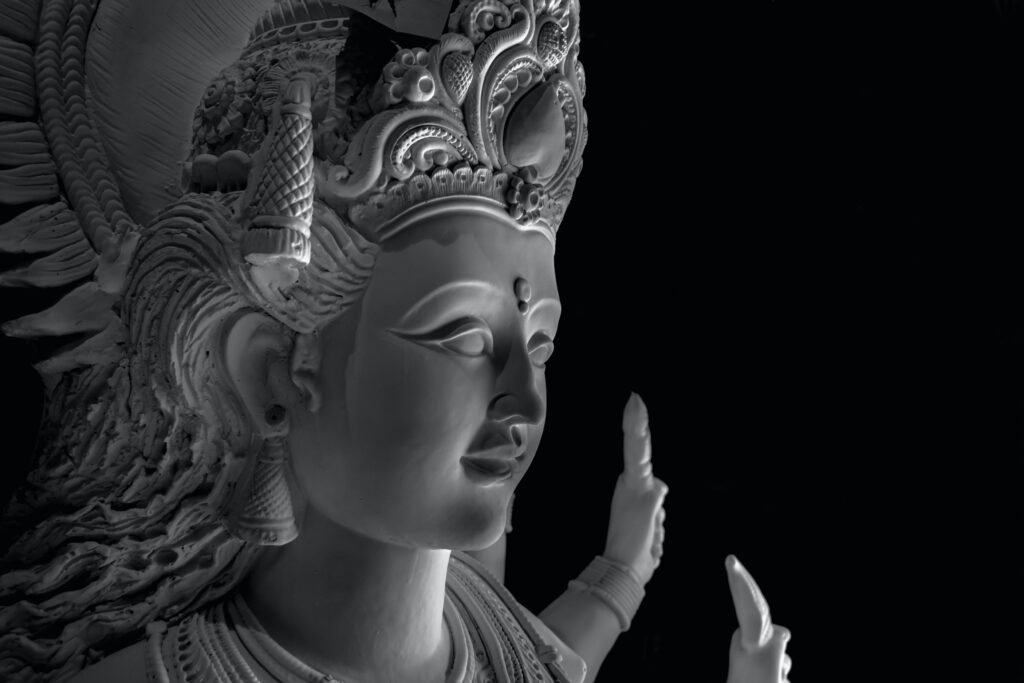
Conclusion
Chaitra Navratri is a time to celebrate the divine feminine energy and seek blessings from the goddess. It is a time to introspect, purify the mind and body, and offer prayers to the goddess. As the festival begins, let us immerse ourselves in devotion, seek blessings, and celebrate the glory of the divine feminine.



